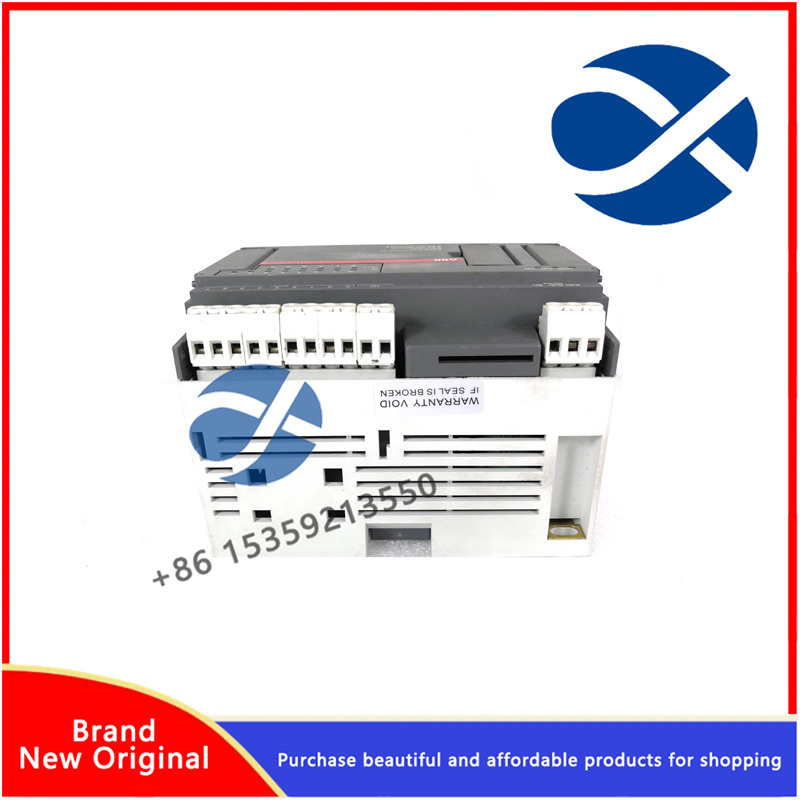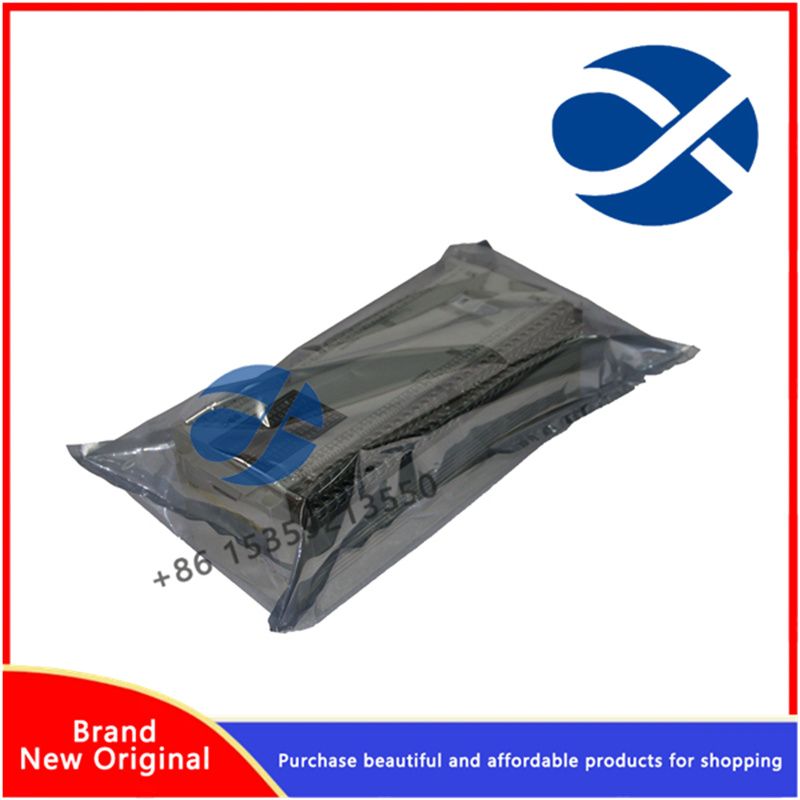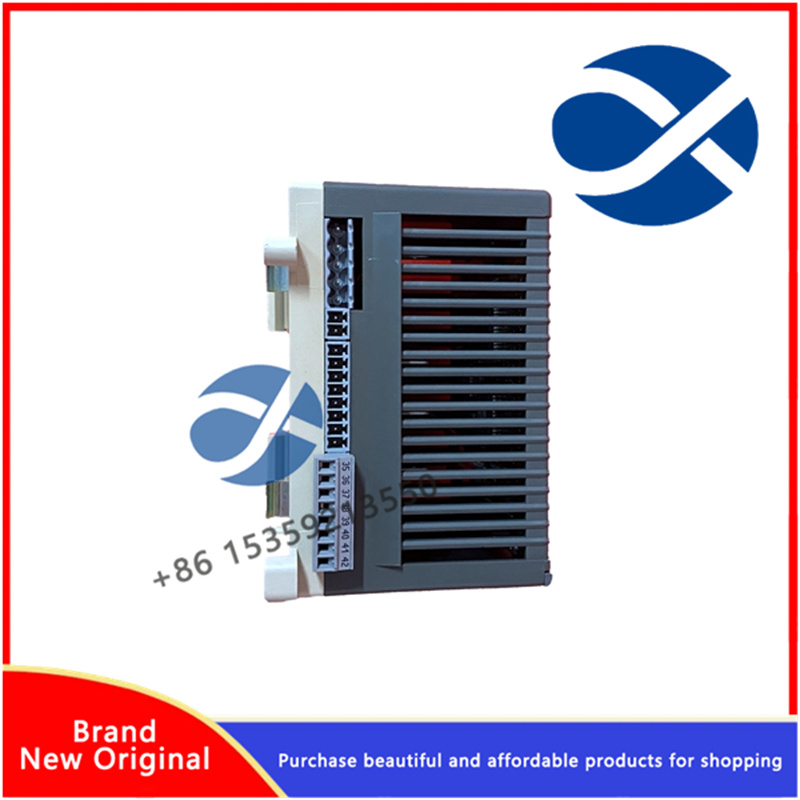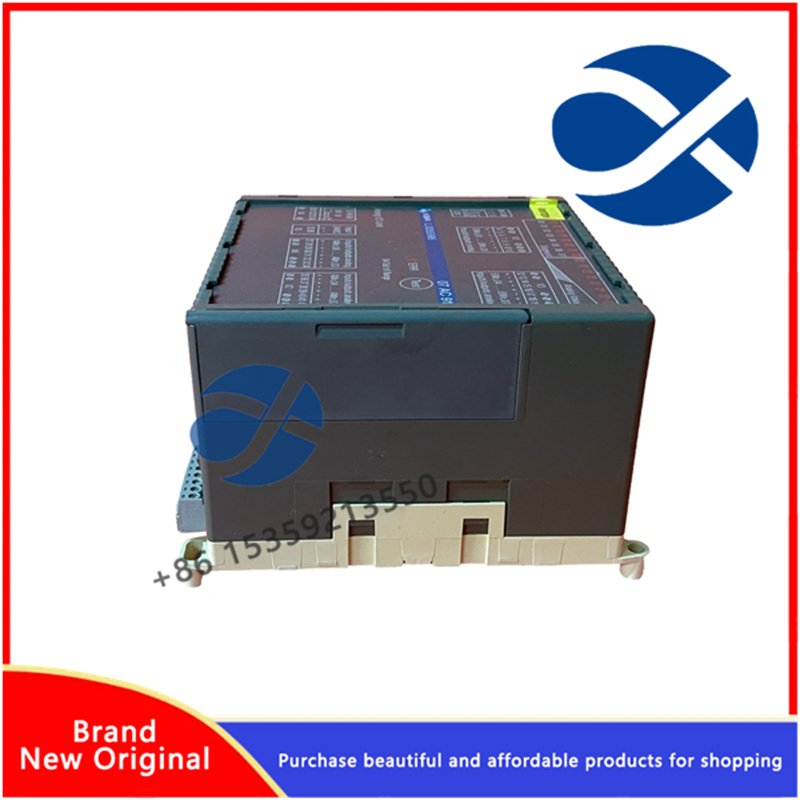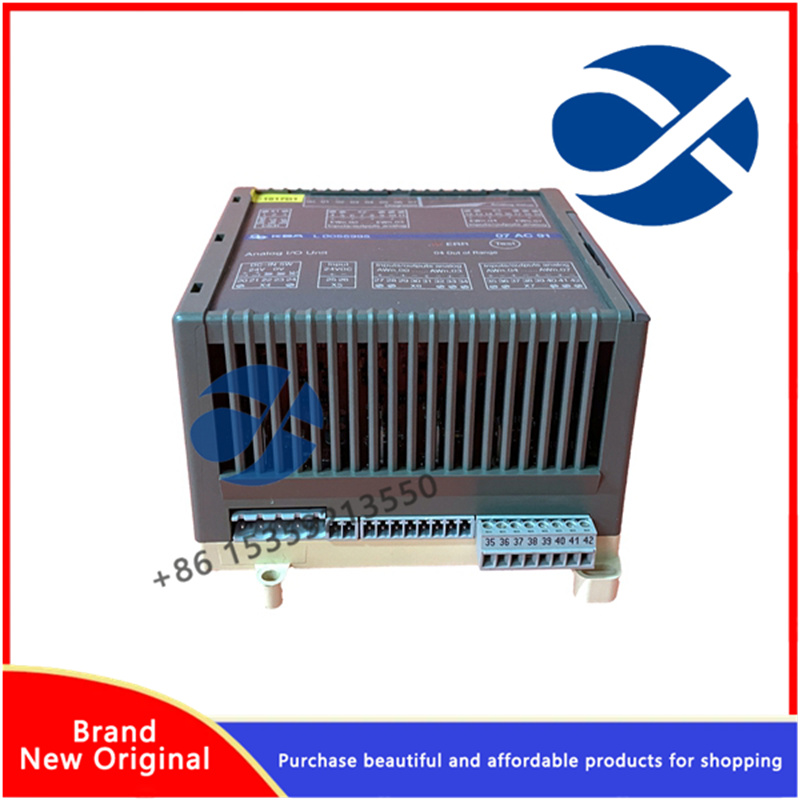TV989C-2700-28 Imported from Europe and America
One m.2 2280 m slot for automatic detection of pciex4 nvme SSD or SATA gen3 SSD
2 front accessible SIM card slots for signal redundancy
4 CMI slots for modular i/o expansion
1 CFM slot for power ignition sensing
TV989C-2700-28
WhatsApp:15359213550
WeChat:15359213550
TV989C-2700-28 Imported from Europe and America
Kernel loading technology/LKM technology
Many desktop operating systems, such as Linux, provide LKM (LoadableKernelModule) to dynamically extend their kernels. When a module is installed in the kernel, it becomes a part of the kernel and does not undergo real-time security checks, running at full speed. In embedded Linux systems, the main issues with LKM are the need for storage modules to occupy additional space and the security of loaded modules. The security issues of modules can be solved through software protection technology.
Oikawa et al. proposed a dynamic core module (DKMs) technology similar to LKM in 1996. Like LKM, DKMs are stored in the form of files and can be dynamically loaded and unloaded during system operation. DKMs are managed by a user layer DKM server, not by the kernel. When the core requires a certain module, the DKM server is responsible for loading the corresponding DKM; When the core memory resources are scarce, the DKM server is responsible for uninstalling an unused DKM. The disadvantage is that all DKMs are stored on the local system, taking up a lot of valuable storage space.
Unlike Oikawa’s method, Chang DaWei et al. proposed the Operating System Portal framework (OSP) method in 2003. This method stores the core modules on a remote server with sufficient resources, and is managed by the server-side tool OSPortal. It is also responsible for processing requests from the client (embedded system kernel), dynamically selecting and connecting modules according to the requests, and then transmitting them to the client through the network. Due to the management and connection of modules being on the server side, it can save a lot of resource space for the client.
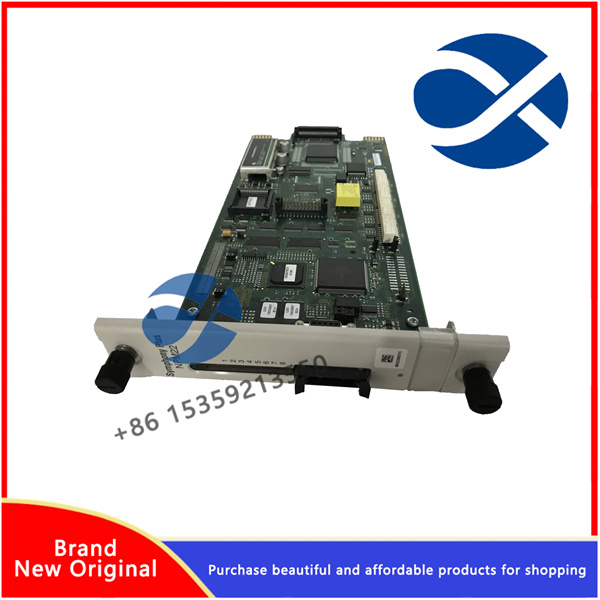
TV989C-2700-28 Imported from Europe and America
(2) Scalable kernel technology
Scalable kernel technology allows user applications to inject code into the kernel to extend its functionality. Due to the fact that the implanted code runs in a kernel state, it avoids the problem of system performance degradation in microkernel technology. The implanted code runs in a kernel state and requires a real-time inspection mechanism to verify its security, ensuring that the implanted code does not cause system crashes. Cheng Buqi et al. [1] used software fault isolation technology to achieve fault isolation of expansion modules, ensuring that the system is not damaged by expansion modules. Bershad et al. [3] also used software fault isolation techniques to limit the range of memory addresses that implanted code can access. Code security checks undoubtedly increase the burden on the system, and the root cause of the problem is that the implanted extensibility code is untrustworthy to the core. To reduce the burden on the system, it is necessary to assume that the implanted code is safe and trustworthy.
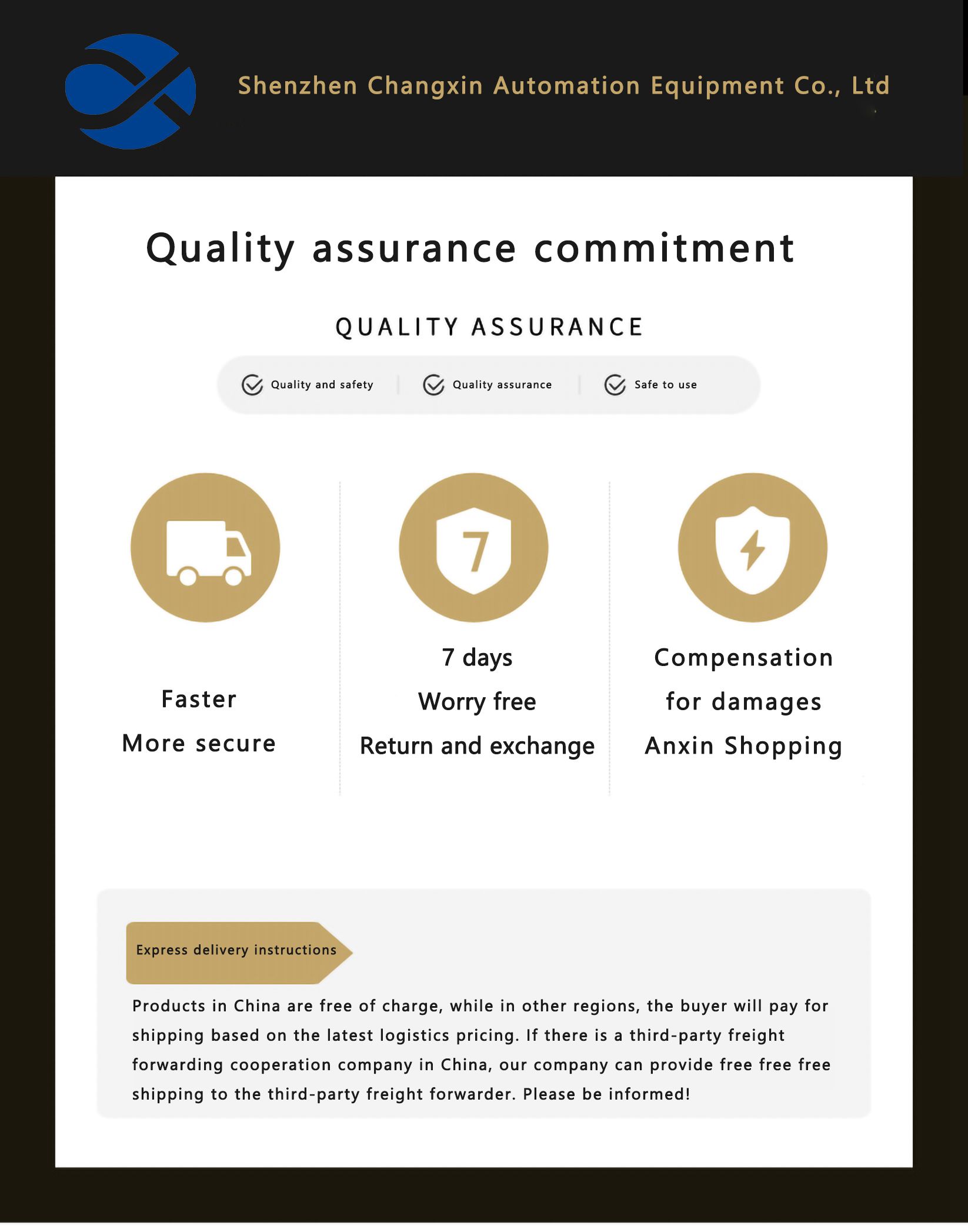
Contact information:+86 15359213550
1. A-B Rockwell
2. FOXBORO
3. TRNEX
4. OVATION Westinghouse
5. SCHNEIDER
6. GE FANUC Fanuc
7. SIEMENS
8. REXROTH INDRAMA
9. ABB
10. HONEYWELL
11. BENTLY NEVADA
12. YOKOGAWA Yokogawa
13. ICS TRIPLEX
14. BACHMANN
15. Emerson
16. EPRO
17. HIMA Black Horse and other imported industrial components!
Related models:
| REF615 HBFEAEAGABB1BNA11E |
| REF615 HBFEAEAGNDA1ABA1XG |
| REF615A_1G HAFNAEFCBGC1BQK11G |
| REF615C_C HCFFAEAGANB2BAN1XC |
| REF615C_D HCFKAEADAND2BAA1XD |
| REF615E_E HBFHAEAGNCA1BNN1XE |
| REF620 NBFNAANNNDA1BBN1XF |
| REM545AG228AAAA |
| REM545BM222BAAA |
| REM615C_D HCMJAEADAND2BNN1CD |
| RF615 3BHT100010R1 |

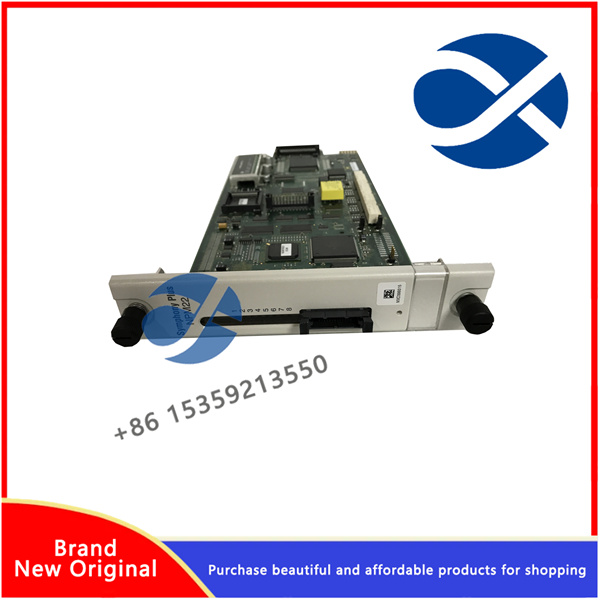
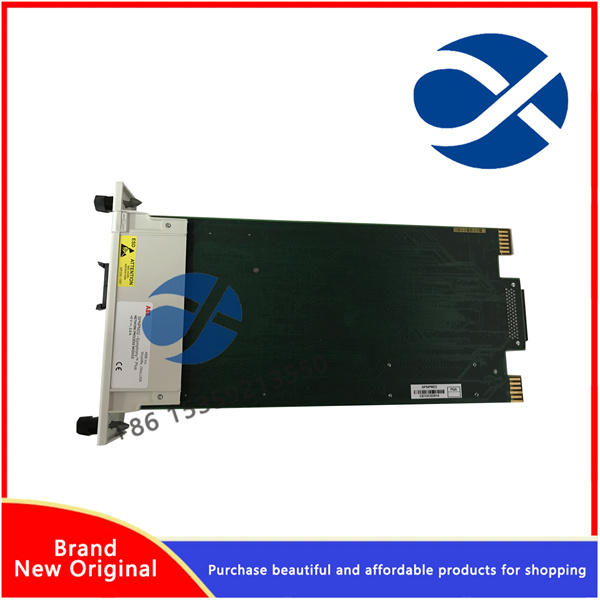
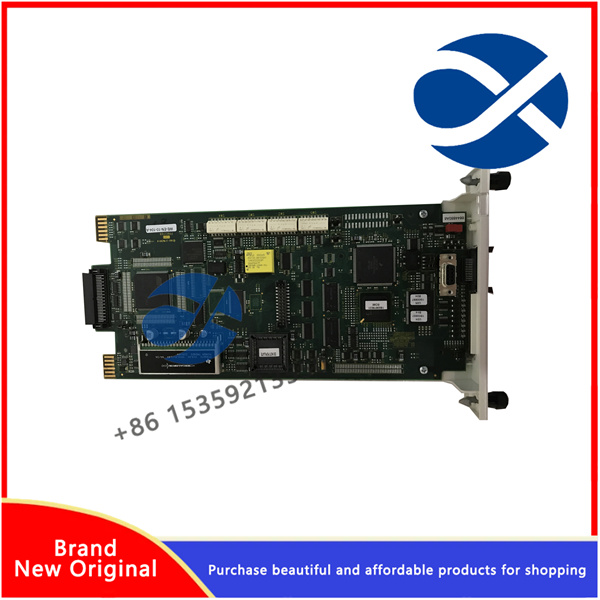
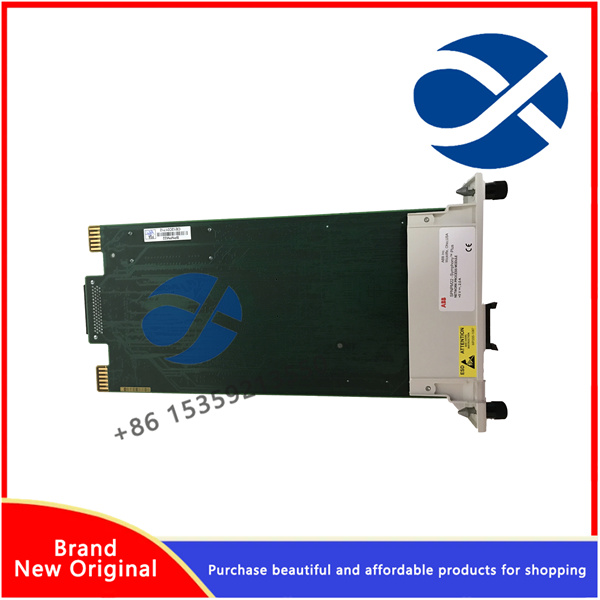
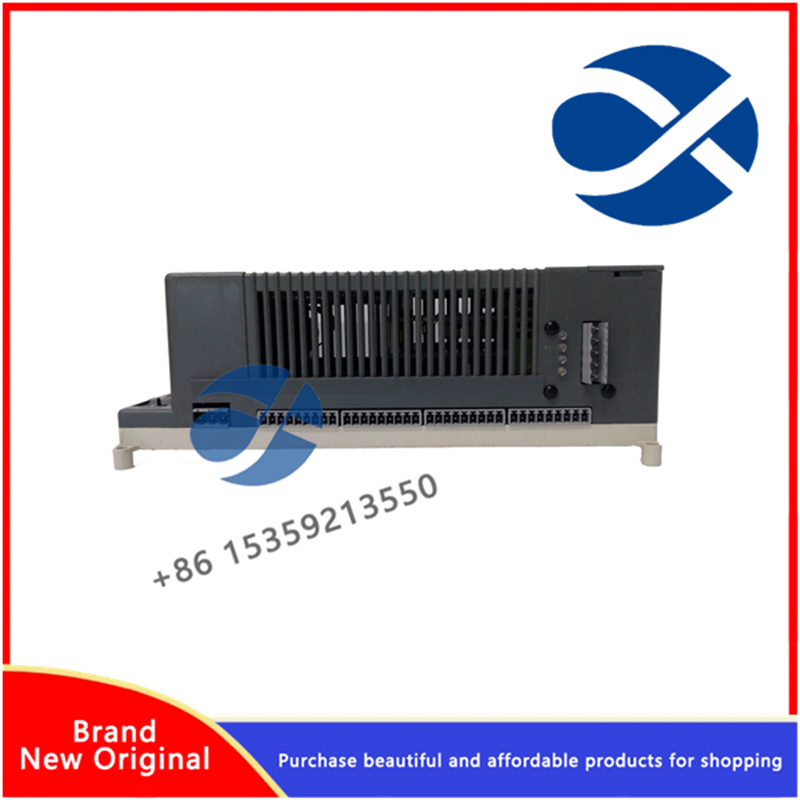
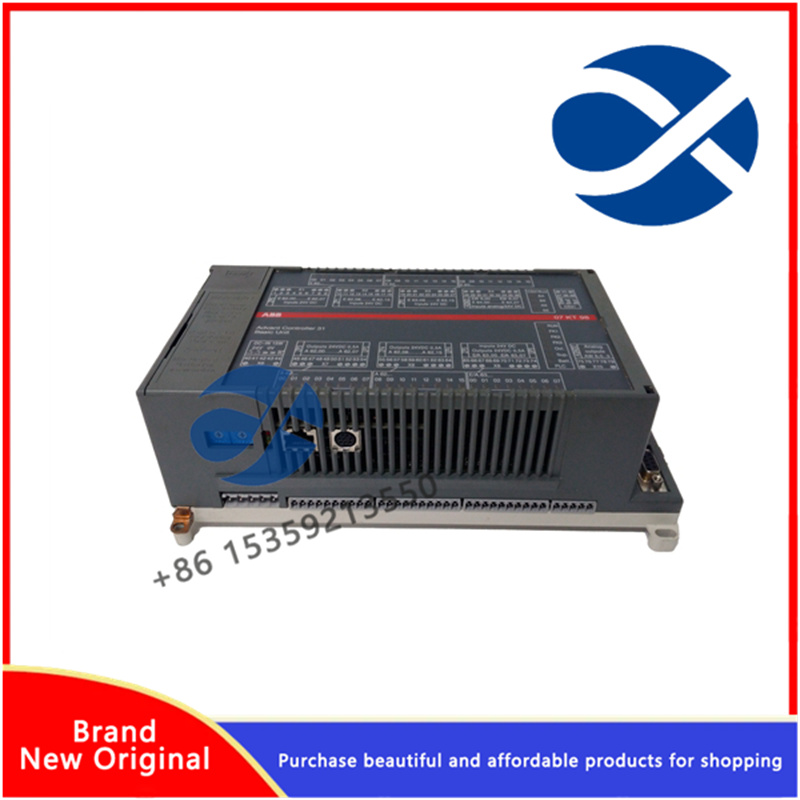
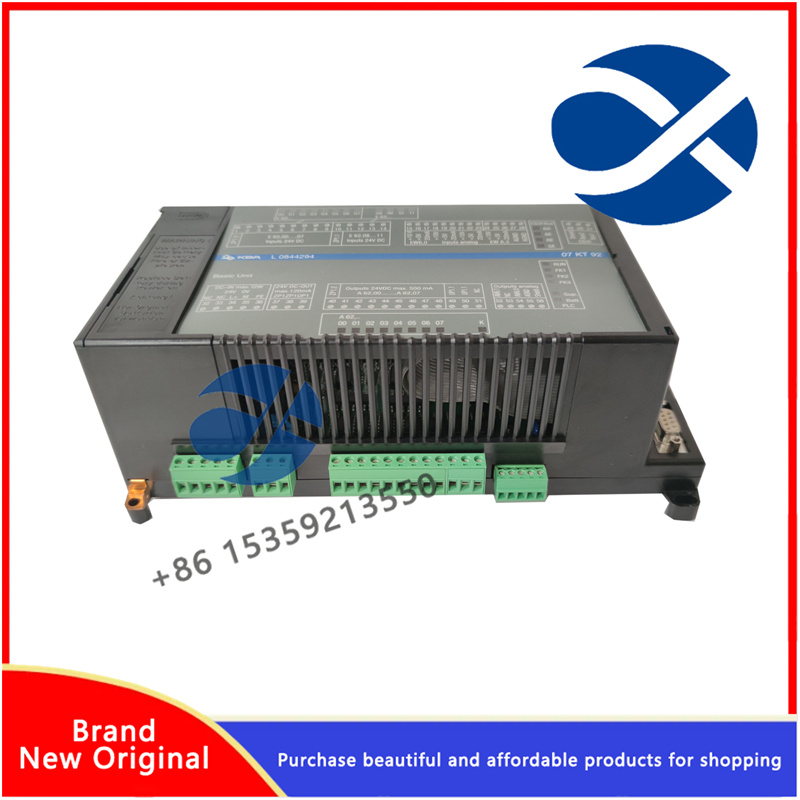
-1.jpg)
